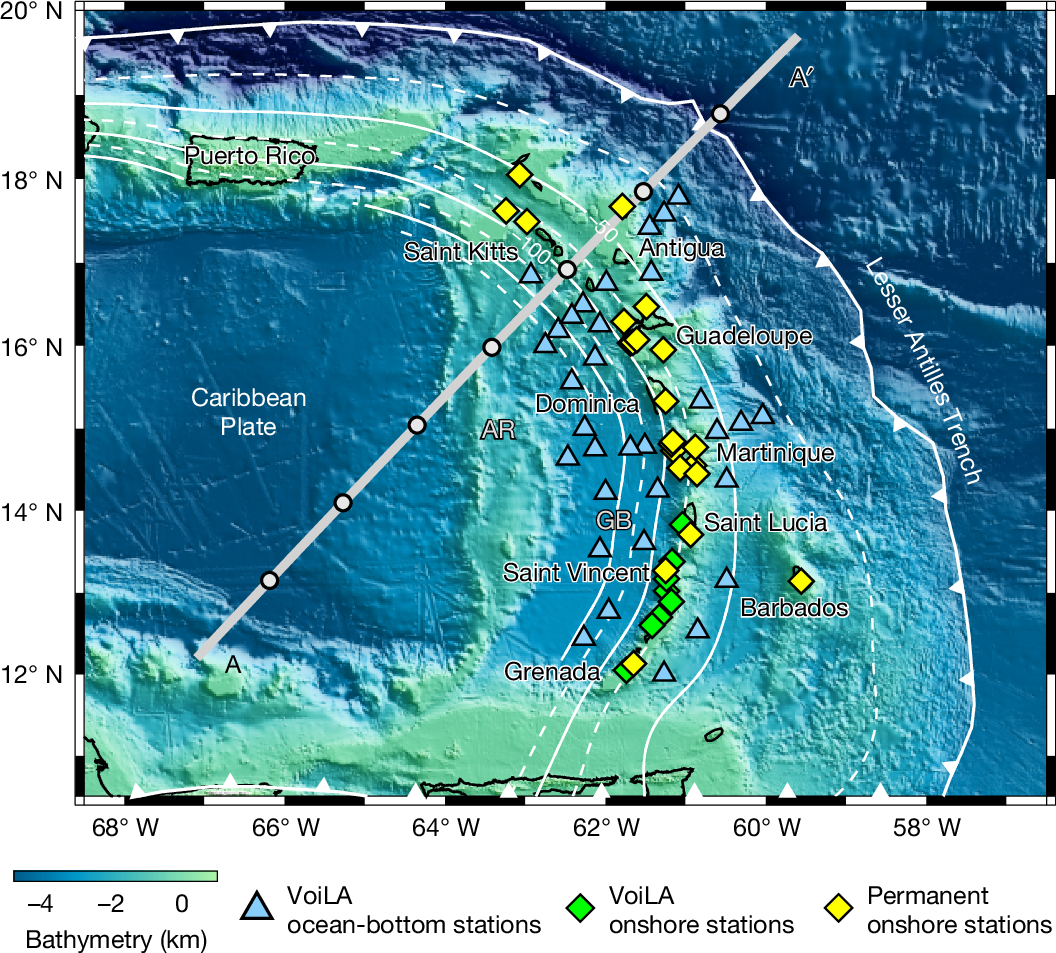2025-04-10 中国科学院(CAS)
<関連情報>
- https://english.cas.cn/newsroom/cas_media/202504/t20250410_1040950.shtml
- https://www.sciencedirect.com/science/article/pii/S266668392400124X?via%3Dihub
中国西北部における融雪洪水の時空間分布と災害リスク評価 The spatio-temporal distribution of snowmelt floods and disaster risk assessment in the Northwest China
Xi Zhang, Min Xu, Shichang Kang, Haidong Han, Hao Wu
Geography and Sustainability Available online: 22 December 2024
DOI:https://doi.org/10.1016/j.geosus.2024.100261
Graphical abstract

Highlights
- The spatio-temporal distribution of snowmelt flood risk in the NWC is unclear.
- The peak of snowmelt runoff has shifted from April to March after the late 1990s.
- The characteristics of snowmelt floods near major mountain ranges were pronounced.
- A comprehensive risk assessment framework of snowmelt floods was constructed.
- High and very high-risk areas of snowmelt floods account for 15.5 % of the total area.
Abstract
Snowmelt runoff is an important component of water resources in the Northwest China (NWC). With global climate warming and the increasing frequency of extreme events, snowmelt floods have caused significant damage. However, current studies lack comprehensive research and systematic risk assessments of snowmelt floods across the NWC. Based on the snowmelt runoff simulated by GLDAS-NOAH model (1948–2022), the multiple indicators of snowmelt floods were retrieved by Peaks Over Threshold (POT) model in the NWC, and comprehensive risk assessment was conducted by integrating socio-economic data. The results indicated that the snowmelt runoff in the NWC shows a significant increasing trend and exhibits a spatial pattern of being more abundant in the northwest and southwest edges while less in the central and eastern regions. In Northern Xinjiang, snowmelt floods occurred relatively infrequently but with large magnitudes, while around the Qilian Mountains, snowmelt floods were more frequent but of smaller magnitudes. The longest duration of snowmelt floods was observed in the Kashgar and Yarkant River. Basins near mountainous areas are prone to snowmelt floods, especially the Tongtian and Lancang River basins, as well as the Ebinur Lake, Ili River basin, and the rivers south of the Altai Mountains, which face the highest risk of snowmelt floods. Based on comprehensive assessment of hazard, exposure, vulnerability and adaptability, high and very high-risk areas account for 15.5 % of the NWC. It is urgent to enhance monitoring, early warning systems, and implement corresponding disaster prevention and mitigation measures in large mountainous basins.



